The OnePlus One Review
by Joshua Ho on November 19, 2014 8:00 AM EST- Posted in
- Smartphones
- Android
- Mobile
- OnePlus
Still Image Performance
Quibbles with the camera application aside, it's important to look at the results that the OnePlus One's camera is capable of putting out. While it was effectively impossible to properly frame the ISO chart for resolution testing, we can look at a broad range of other situations that can help to distinguish the OnePlus One's camera one way or another.
In this example, the OnePlus One really does a good job with handling fine detail and dynamic range. There's relatively little artifacting given the sheer amount of detail that has to be captured in this landscape shot, and there's very little blurring of detail. Unfortunately, we can already start to see some luminance and color noise, as seen on the building on the left side of the photo.
In the interest of documenting camera behavior with the various OTAs, I managed to take a few lightbox photos with the OnePlus One as well. In this scene, we can see that the pre-38R the camera has similar behavior, but with much more detail preserved when viewed at 100%. Unfortunately, this also comes with rather significant luminance noise despite strong lighting to keep the camera at a relatively low ISO.
Unfortunately, the camera software is also lacking when it comes to HDR mode. A good HDR mode is almost required at this point as these smartphone cameras have so little dynamic range, and this is where the OnePlus One also falls short. Significant halos can be seen all around high-contrast areas. On the bright side, the output does have very high dynamic range, but it is glaringly obvious when used. This is especially odd as the IMX214 supports SME-HDR, which makes it possible to do HDR within a single photo instead of requiring multiple exposures that can cause these halos and ghosting effects.
On the other end of the spectrum, the OnePlus One is really a bit disappointing in low light. As one can see, before the 38R update there was effectively zero attempt at noise reduction in low light, and even when shrunk to 678 pixels wide it's pretty obvious that there is an immense amount of color noise. At 100%, there are even hot pixels present that make for an incredibly poor image. The slow shutter mode does make for some incredible quality, but this requires a tripod as exposure time can easily reach a second or more.
Thankfully, with recent updates OnePlus has added some level of noise reduction to the camera processing. Unfortunately, this doesn't fix much as pretty much any low contrast detail is smeared away and areas that don't have detail loss from noise reduction have significant amounts of noise. However, OnePlus is far from the only OEM that has these issues as the Galaxy S5 LTE-A actually has a bit less detail in this test scene despite the larger sensor size. The new updates have also made it extremely difficult to get a photo without significant blur from hand shake with RAW capture on, so this is an issue to consider as well.
On the bright side, with the flash on the OnePlus One does a respectable job. I don't see any real issues here, although the LEDs are a bit on the weak side compared to other devices that I've used this year. Overall, the camera of the OnePlus One is really just average at best. In daytime the camera is definitely quite good but there's already a lot of noise creeping into the photos before we consider low light photos. While the results are better than what we see with devices like the Galaxy S5, this comes at the cost of high amounts of shutter lag and motion blur.















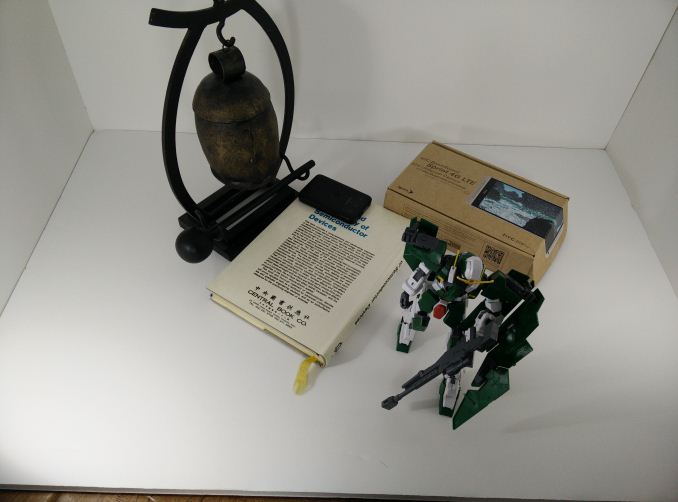


_thumb.jpg)



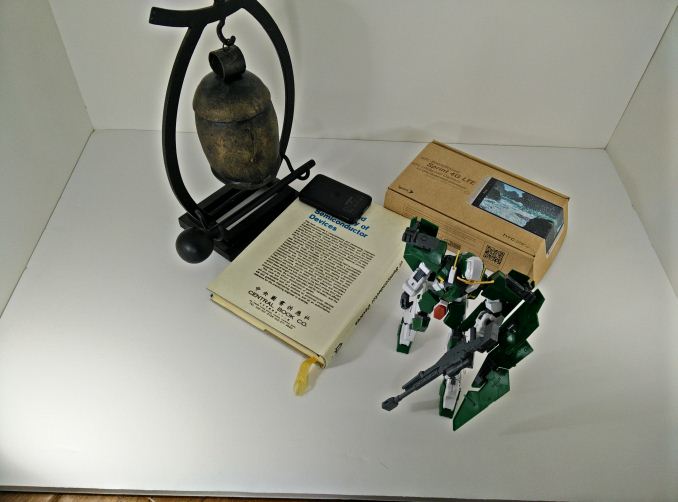






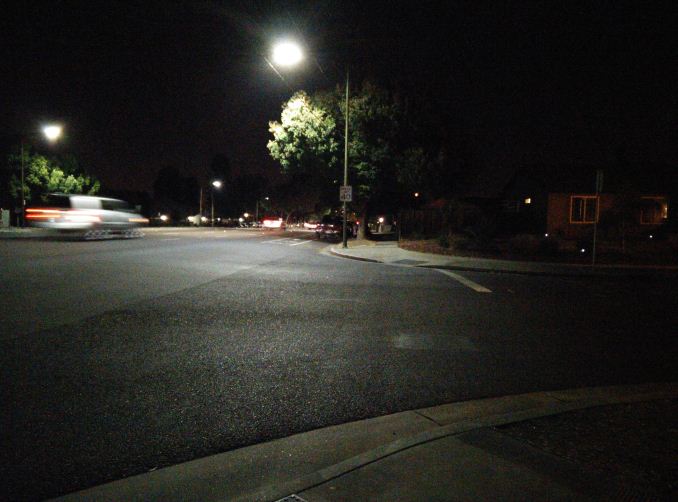
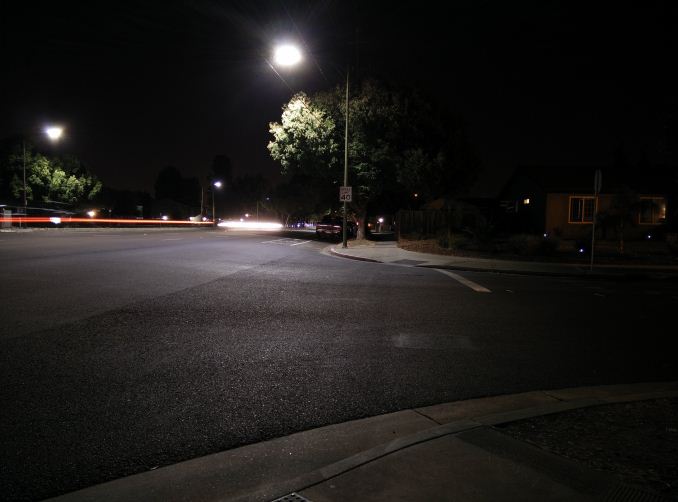













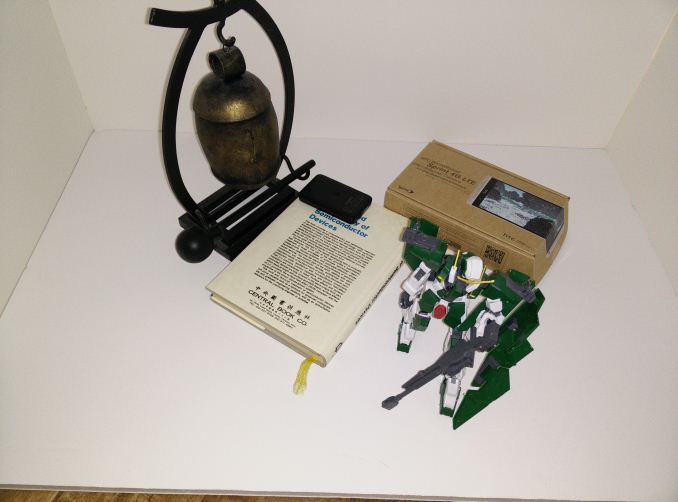








148 Comments
View All Comments
tipoo - Wednesday, November 19, 2014 - link
Was that meant as a reply to me? I know that, the N5 was a great example of this. Though the 6 is going back up to stupid pricing.tipoo - Wednesday, November 19, 2014 - link
Yes the authors "first" comment was wrong, but I meant about the "understand the market" bit, I'm guessing he means subsidized prices.Arbie - Wednesday, November 19, 2014 - link
A phablet with no microSD? These larger phones (and of course tablets) are what benefit from that the most, in their role as media players. I wouldn't even consider the OPO.coldpower27 - Wednesday, November 19, 2014 - link
64GB is already sufficiently large that a microSD isn't totally necessary. Less and less Android phones have this feature now. That has been the general trend now. Google is moving away from it with the Nexus 5/6/9, Apple never has had it in it's products.There are still some modern products that have it. Samsung GS5, Note 4, HTC One M8, LG G3.
cjs150 - Wednesday, November 19, 2014 - link
The idea that 64 G is enough is hilarious - this is a phone begging to be used as a media device whilst travelling. The reason for removing the microSD is a function of price. Phone/Tablet manufacturers massively overcharge for adding extra storage. It is also a function of the same manufacturers employing designers who, to put it simply, need to get out into the sunshine a bit more. Not everywhere has good access to the cloud, in fact huge chunks of the first world has poor or no access - and that is before you get started on the data cap that no doubt is written into your phone contractChaser - Wednesday, November 19, 2014 - link
What's hilarious is are people that believe 5" phone displays should be loaded up with movies and then used as miniature Imax viewers. It's a phone. It doesn't need 80 HD movies with Dolby Digital 7.1.jabber - Thursday, November 20, 2014 - link
Yeah if you are going on vacation, enjoy the vacation. Don't spend it watching crappy movies the whole time. You really don't need to carry masses of video and audio around.oliwek - Saturday, November 22, 2014 - link
Those recent phones have (micro)-USB OTG connectors. So it's possible to stock movies and music on USB thumb drives... I'd prefer to get the choice, though.oliwek - Saturday, November 22, 2014 - link
LG G2 had no SD card slot, G3 has got one. Same evolution for the HTC One. And Samsung flagships always had SD card slots. So this evolution is not so widespread (if you except Nexus models, and Apple tactics to let the customer pay more and more for enough NAND)..
slfisher - Monday, November 24, 2014 - link
I held off from getting a OnePlus for that reason for quite a while -- as well as the fact that it doesn't have a removable battery. I was really holding out for either a Google Play edition of the S5, or Lollipop on my existing S3. Since neither one was forthcoming, I went for the OnePlus because of the bare metal and the 64GB.